‘No contact’ lessons are now required under the current phase of most provinces Economic Reopening Plan. Using Quebec as an example, the aquatic industry there was just recently permitted to restart under very limited conditions, and outdoor swim lessons were only just recently given the green light as long as they follow strict guidelines put forth by the ARAQ group, which represents the aquatic industry in Quebec.
For older and more capable swimmers a no contact lesson is pretty straightforward. The instructor will teach from 2m away (or more), preferably in the water. Though hands-on teaching won’t be an option, through visual, verbal, and mirroring methods instructors can still very effectively teach the class.
For non-swimmers and beginner swimmers, a no contact lesson is a much bigger change since the swimmer requires physical support to stay afloat. Companies are pivoting to a teaching style similar to what is used in parent & tot classes, where each child is accompanied by the parent in the water. The instructor guides the parents how to instruct the child. Thus, the primary change is that some parents will now have to come in the water when they didn’t have to before.
Many parents have showed support, most indicating that their child learning to swim is a top priority. I get that it’s a tough decision, instead of lounging while your child swims you are now in there working as hard as them.
But the opportunity to bond with your child, and share incredible moments like their first swim, makes it worth it. Since we came up with this notion of no contact lessons and with the recent green light to outdoor lessons, I’ve been doing trials with my neighbors in the backyard pool, testing out this “No Contact Lesson”. The feedback? “I love it” says one father, “it’s great to know this stuff”. “Was hard at first, but now I appreciate how important it is” says another mother. But my favorite was from a mother following her 4 year old daughters class: “Thank you for such a great contactless swimming lesson experience. I feel empowered to keep up the lessons outside our 30 minutes together! It is a fun experience for us both.”
Achieving something great with your child is an incredible experience, and that first swim is the first time they learn to save their own life. In addition, you as a parent will literally learn to become a swim instructor (sort of). While become a professional swim instructor requires years of certifications and experience, you will get to work alongside one, and learn how to teach skills that are critical to your child’s survival.
Before I forget, I must address the common question: what happens if a swimmer is in danger? Then, yes the instructor will immediately provide indirect support (using a noodle, life jacket, torpedo, swim aid) or direct support to save the swimmer. Even in the case of direct support they will do so in the safest way (non-face-to-face rescue, approach from behind, turn face away when possible, etc).
For the time being, no contact swim lessons will be the new normal. But it will only be temporary. We have already seen other provinces permitting contact in swim lessons (Winnipeg), and personal care services are permitted direct contact as well. So the economy is trending towards (eventually) contact lessons being permitted under the right conditions. Let’s just hope we can safely get there sooner than later, we know everyone in the aquatic industry is eagerly waiting for this.


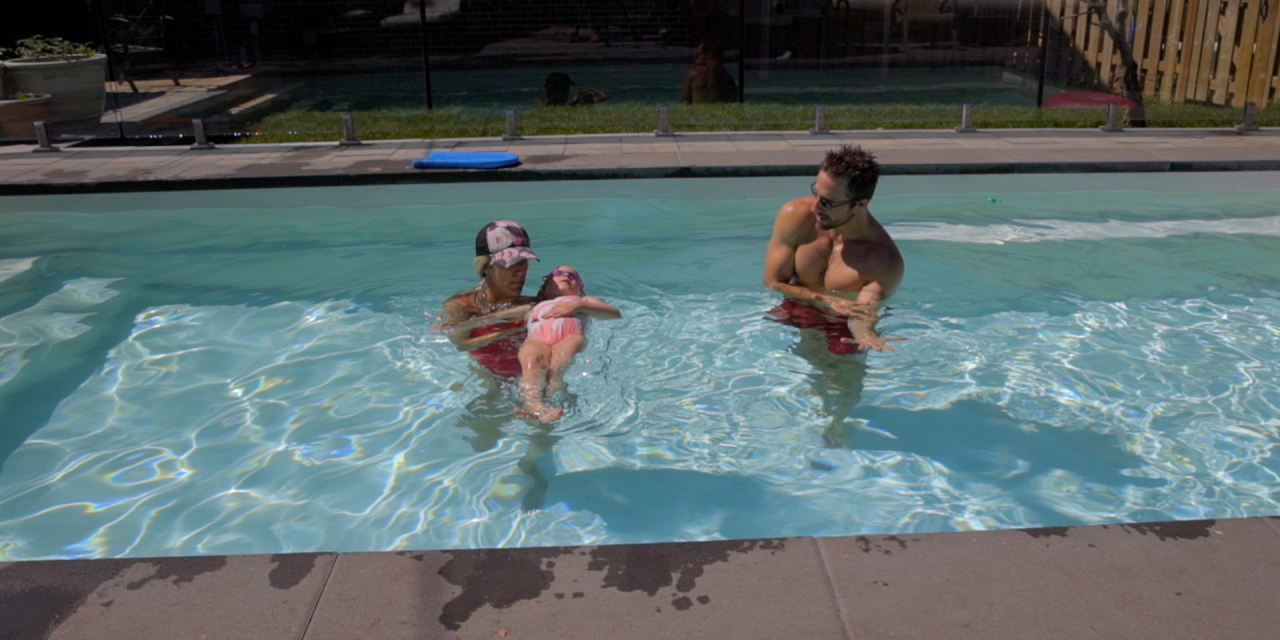
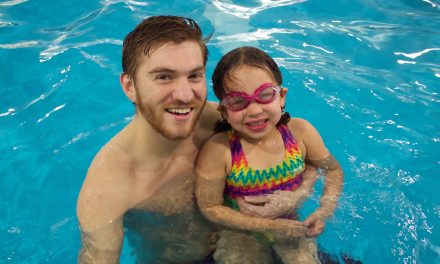
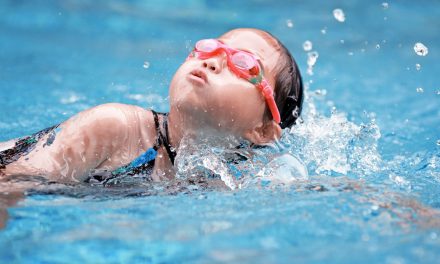

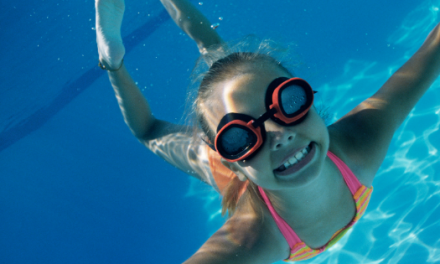
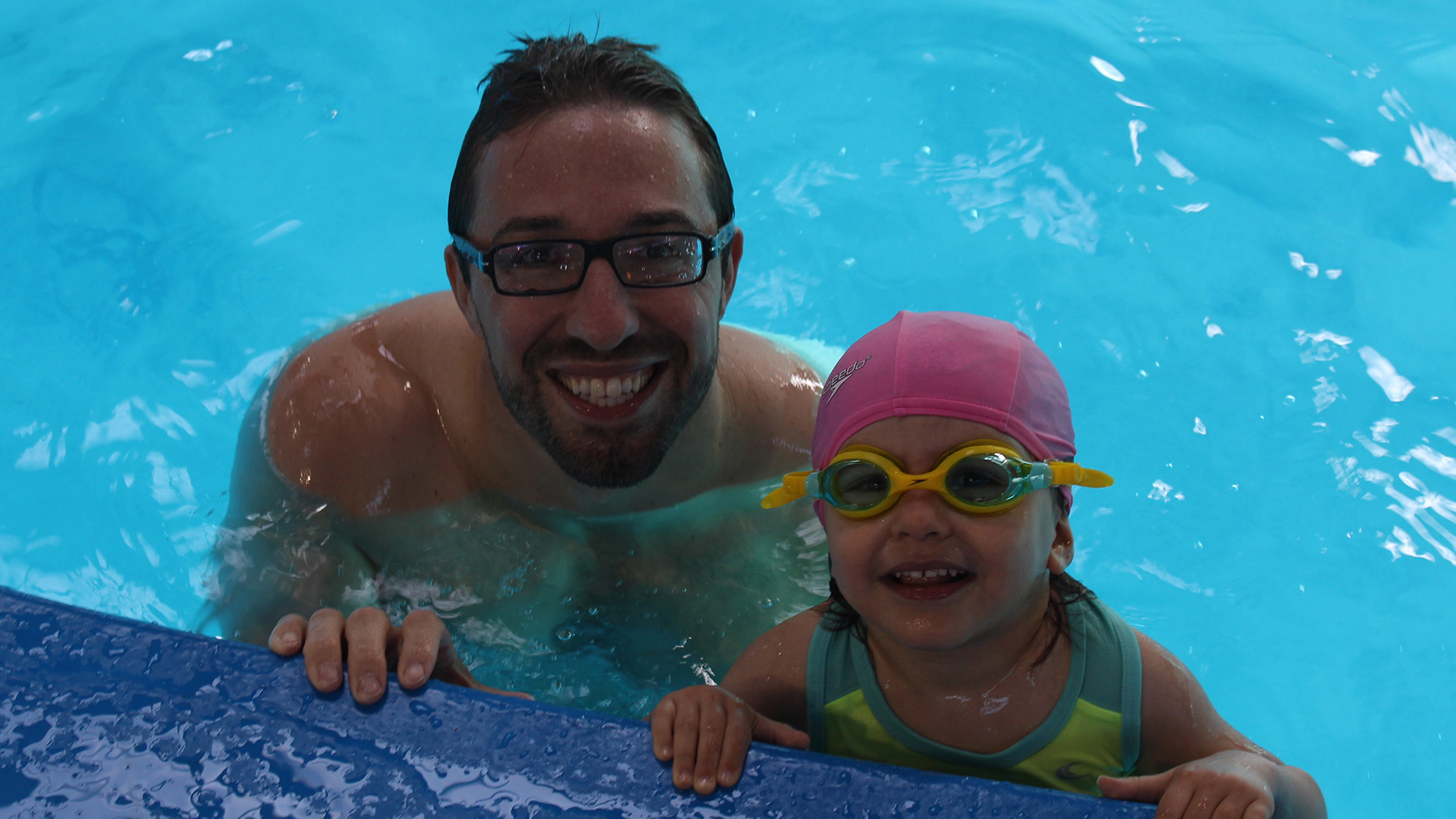
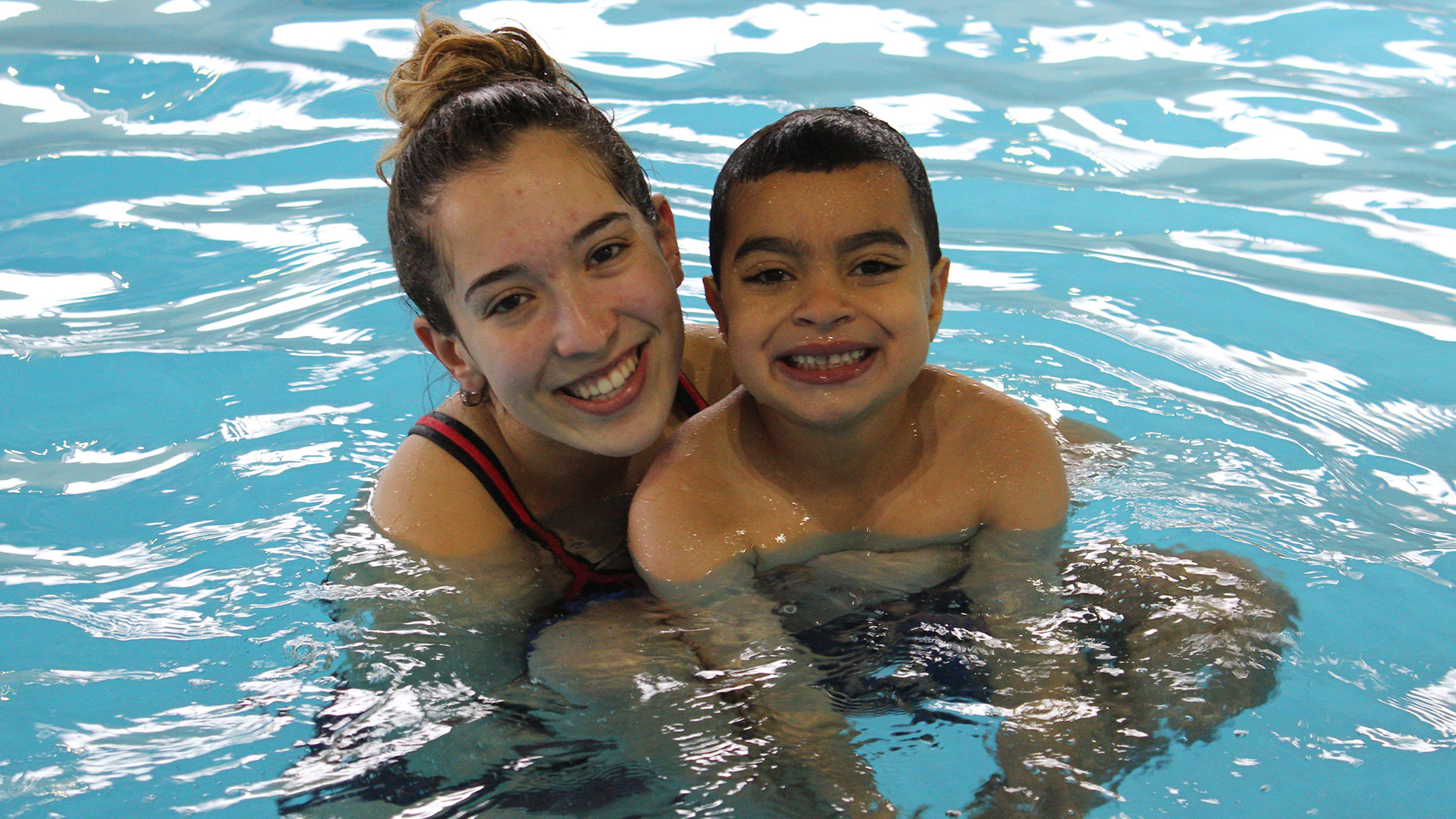
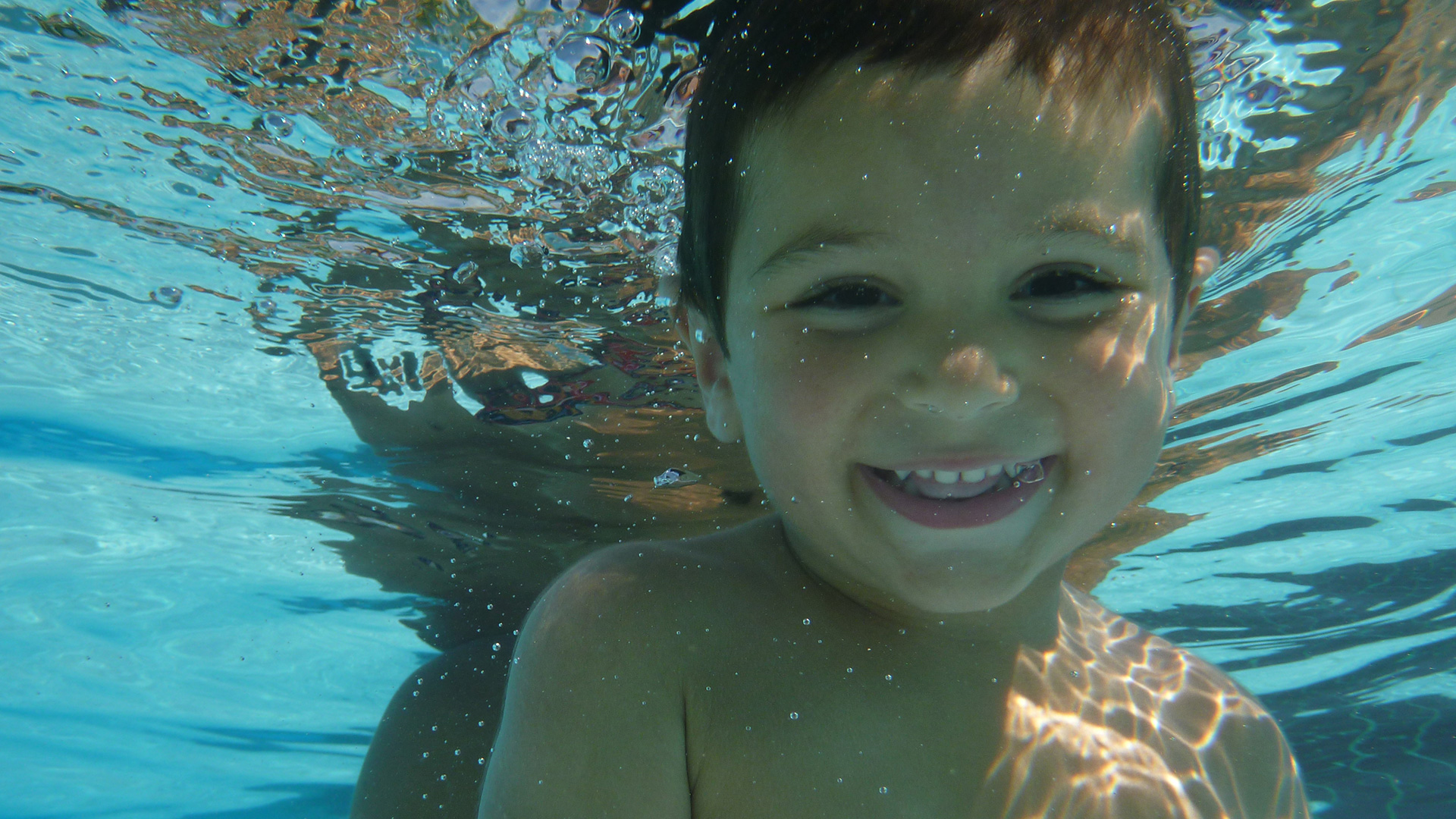



Trackbacks/Pingbacks